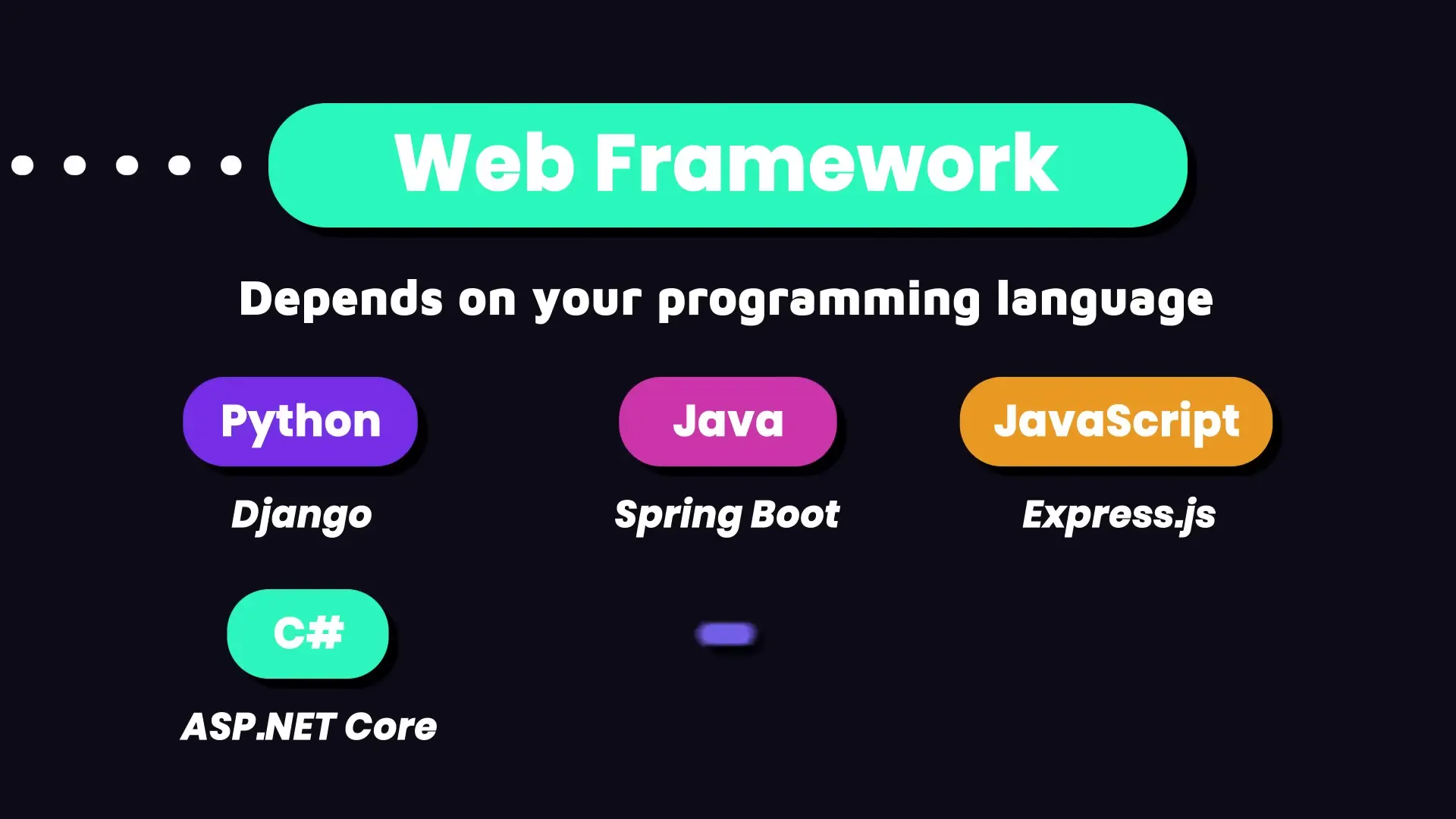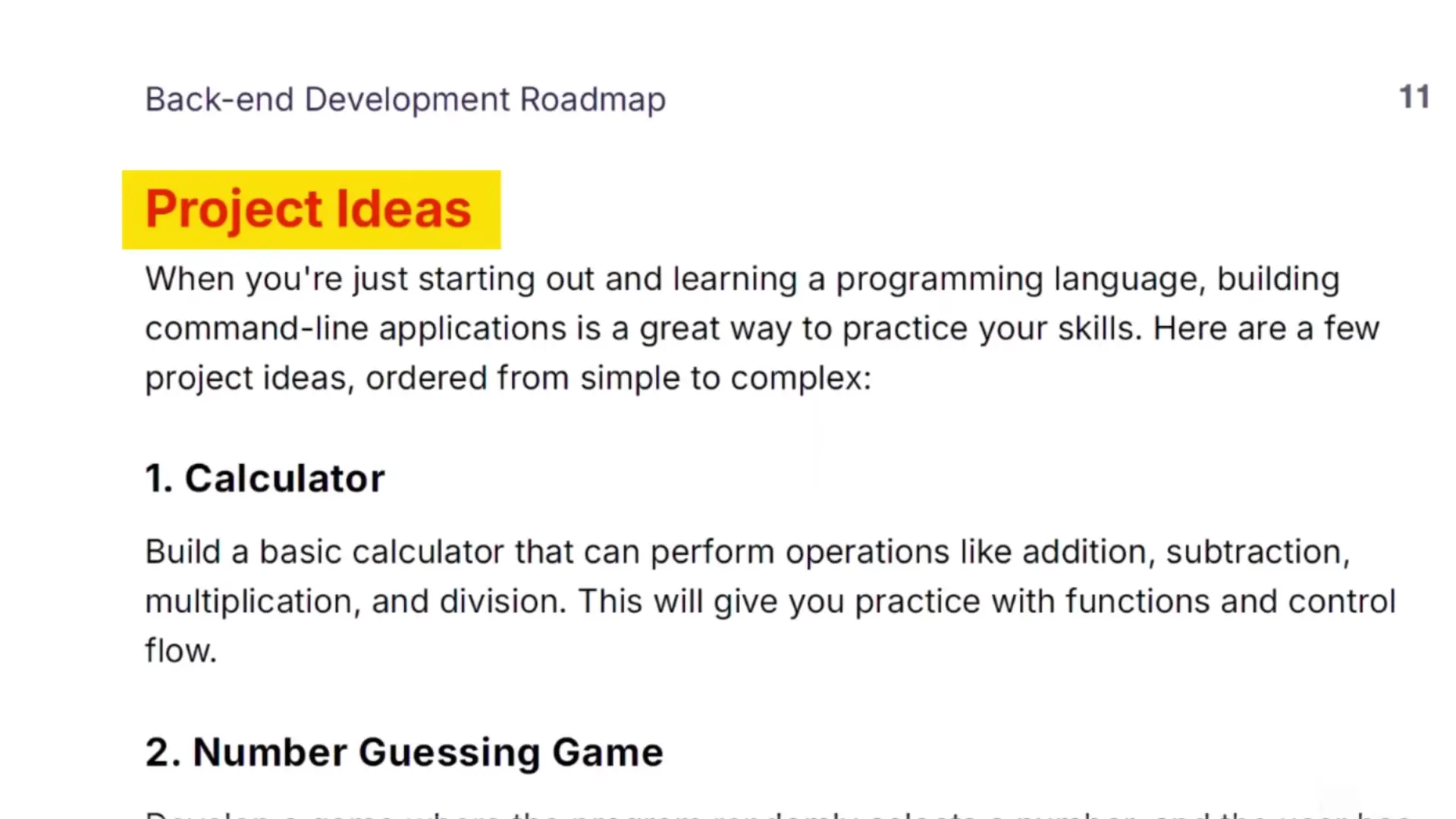
Becoming a backend developer requires a structured approach to learning specific technical skills. With dedicated study and practice, you can acquire the necessary knowledge to apply for entry-level backend positions in about 12 months. This comprehensive roadmap breaks down the five essential skills you need to master, with practical timeframes for each step.
1. Master a Programming Language (2 Months)
The foundation of backend development is proficiency in at least one programming language. While there are numerous options available (JavaScript, Python, Ruby, Java, C#, and Go), it's crucial to focus on mastering just one language rather than attempting to learn multiple simultaneously.
Each language has its strengths and ideal use cases:
- JavaScript: Excellent for full-stack development as it can be used on both frontend and backend
- Python and Ruby: Ideal for rapid prototyping and fast development cycles
- Java and C#: Preferred for large-scale enterprise applications and government systems
- Go: Optimized for performance-critical and concurrent applications
For beginners, Python is often recommended due to its readable syntax and gentle learning curve. Java is another solid choice as it's commonly taught in computer science programs. While JavaScript is widely used, it has some quirks that can make it more challenging for backend development.
With consistent study of 3-5 hours daily, you can develop a strong foundation in any of these languages within approximately two months.
2. Learn Version Control with Git (1-2 Weeks)
Version control is essential for tracking code changes and collaborating with other developers. Git, along with platforms like GitHub, has become the industry standard. While Git offers numerous features, you only need to master about 20% of its functionality to handle 80% of everyday version control tasks.
Key Git concepts to learn include:
- Repository initialization and cloning
- Committing changes and creating meaningful commit messages
- Branching and merging strategies
- Resolving merge conflicts
- Remote repository interaction (push, pull, fetch)
With focused practice, you can become comfortable with Git's essential features in about 1-2 weeks.
3. Master Data Structures and Algorithms (1-2 Months)
Many self-taught programmers attempt to skip this crucial step, but understanding data structures and algorithms is fundamental to becoming a proficient backend developer. These concepts are not only essential for writing efficient code but are also frequently covered in technical interviews, especially at larger technology companies.
Key topics to study include:
- Arrays and linked lists
- Stacks and queues
- Trees and graphs
- Hash tables
- Sorting and searching algorithms
- Time and space complexity analysis
Dedicate 1-2 months to studying these computer science fundamentals to build a strong foundation in programming and problem-solving that will serve you throughout your career.
4. Understand Design Patterns (2 Months)
Design patterns are proven solutions to common software design problems. There are 23 classic design patterns documented in the book "Design Patterns" by the Gang of Four, many of which are implemented in modern web frameworks like Spring, Django, and ASP.NET Core.

Learning design patterns will give you deeper insights into object-oriented design principles and how frameworks function under the hood. While the original book can be challenging to digest, numerous modern resources provide practical examples in contemporary programming languages.
Key design pattern categories to study include:
- Creational patterns (Factory, Singleton, Builder)
- Structural patterns (Adapter, Decorator, Facade)
- Behavioral patterns (Observer, Strategy, Command)
With dedicated study, you can develop a solid understanding of design patterns in approximately two months.
5. Learn Database Management (1-2 Months)
Database knowledge is crucial for backend development. There are two main categories of database systems to understand:
Relational Databases: These store data in tables with rows and columns that have defined relationships. They excel in applications requiring complex queries and transactions, such as banking systems and e-commerce platforms. Popular options include:
- MySQL
- PostgreSQL
- SQL Server
- Oracle
All relational databases use SQL (Structured Query Language) for data manipulation. For beginners, MySQL is often recommended due to its widespread adoption.
NoSQL Databases: These provide more flexible data models without predefined table structures. They're ideal for applications requiring schema flexibility and real-time analytics. Popular options include:
- MongoDB
- CouchDB
- Cassandra
MongoDB is recommended for beginners due to its popularity and relatively gentle learning curve.
You can gain practical knowledge of database management in about one month for either database type.
Web Frameworks: Putting It All Together (2 Months)
After mastering the fundamentals, you'll need to learn a web framework specific to your chosen programming language. These frameworks provide tools for building backends and handling common tasks like routing, request/response handling, database interaction, and security.

Popular language-specific frameworks include:
- Python: Django
- Java: Spring Boot
- JavaScript: Express.js
- C#: ASP.NET Core
- Ruby: Ruby on Rails
- Go: Gin
These frameworks enable you to build and publish Application Programming Interfaces (APIs) that serve as communication points between frontends and backends. With a solid foundation in programming and databases, you can learn any of these frameworks in approximately two months.

The Complete 12-Month Backend Developer Roadmap
By following this structured approach and dedicating a few hours daily to learning and practice, you can develop the core skills needed for entry-level backend development positions in approximately 12 months:
- Programming Language: 2 months
- Version Control (Git): 1-2 weeks
- Data Structures and Algorithms: 1-2 months
- Design Patterns: 2 months
- Database Management: 1-2 months
- Web Framework: 2 months
Remember that the journey doesn't end here. As you progress in your career, you'll want to explore additional topics like containerization, cloud services, API design best practices, and security principles. The field of backend development continues to evolve, making continuous learning an essential part of the profession.
Conclusion
Becoming a backend developer requires dedication and a structured approach to learning. By focusing on these five essential skills—programming language proficiency, version control, data structures and algorithms, design patterns, and database management—you'll build a solid foundation for a successful career in backend development.
Rather than trying to learn everything at once, concentrate on mastering one skill at a time. With consistent practice and dedication, you can acquire the necessary knowledge and experience to apply for entry-level backend development positions within a year.
Let's Watch!
5 Essential Skills to Become a Backend Developer in 12 Months
Ready to enhance your neural network?
Access our quantum knowledge cores and upgrade your programming abilities.
Initialize Training Sequence